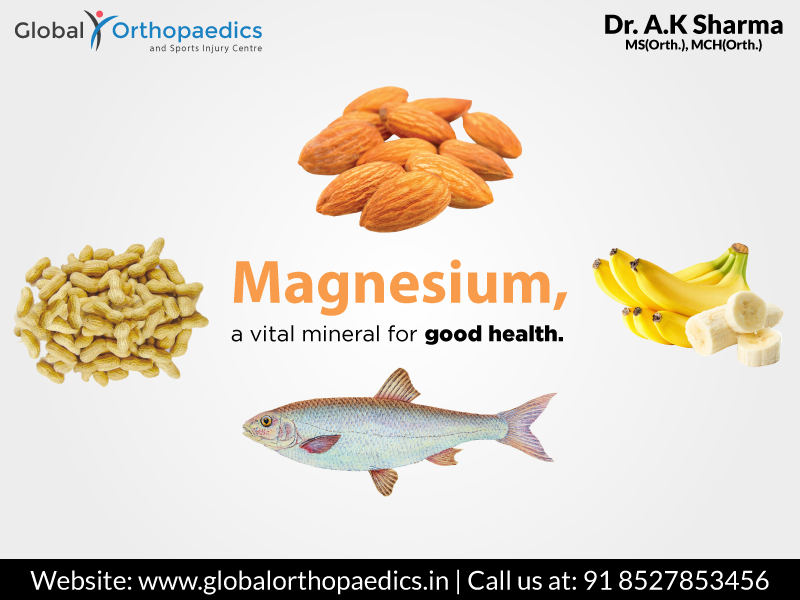In the recent times, our magnesium intake has gone from 500 mg day to 175-225 mg day, which is well below the suggested intake. Actually, a magnesium deficiency is one of the most common nutrient deficiencies in developed countries, most commonly among middle-aged and elderly folks.
So, it’s no wonder more of us are suffering from…
• Diabetes
• Heart disease
• Cholesterol
And our bones are really suffering too…
Getting and keeping your magnesium levels-The current recommended intake for magnesium is 320 mg a day for women and 420 mg a day for men, 31 years and over. But most people fall well below this mark. To ensure you’re getting enough magnesium in your diet, consuming food sources that are high in this vital mineral is essential.
Magnesium-rich foods include:
Pumpkin seeds, 3.5 ounce = 594 mg magnesium
All bran, 1/2 cup = 112 mg
Brazil nuts, 1 ounce = 107 mg
Chia seeds, 1 ounce = 95 mg
Brown rice, 1 cup = 86 mg
Fish, mackerel, 3 ounces = 82 mg
Spinach, 1/2 cup = 78 mg
Almonds, 1 ounce (23 nuts) = 77 mg
Swiss chard, 1/2 cup = 75 mg
Lima beans, 1/2 cup = 63 mg
Peanuts, 1 ounce = 48 mg
Banana, 1 whole = 32 mg
Many other vegetables, fruits and nuts
But you also need to watch out for things that steal it from you…
• Avoid caffeinated drinks and alcohol: Caffeine is a diuretic and can speed up the loss of minerals from your body.
• Manage your stress: It’s a win-win situation to find ways to manager you stress better and to boost your magnesium.
You can also indulge in a warm Epsom salt bath to relax your muscles and increase your magnesium levels at the same time. Epsom salts are made of magnesium sulphate and the magnesium absorbs into your body via your skin.



